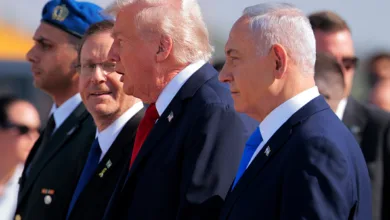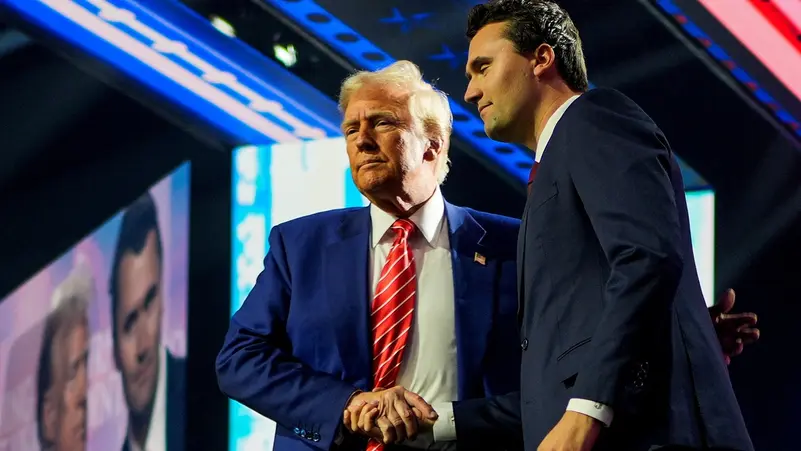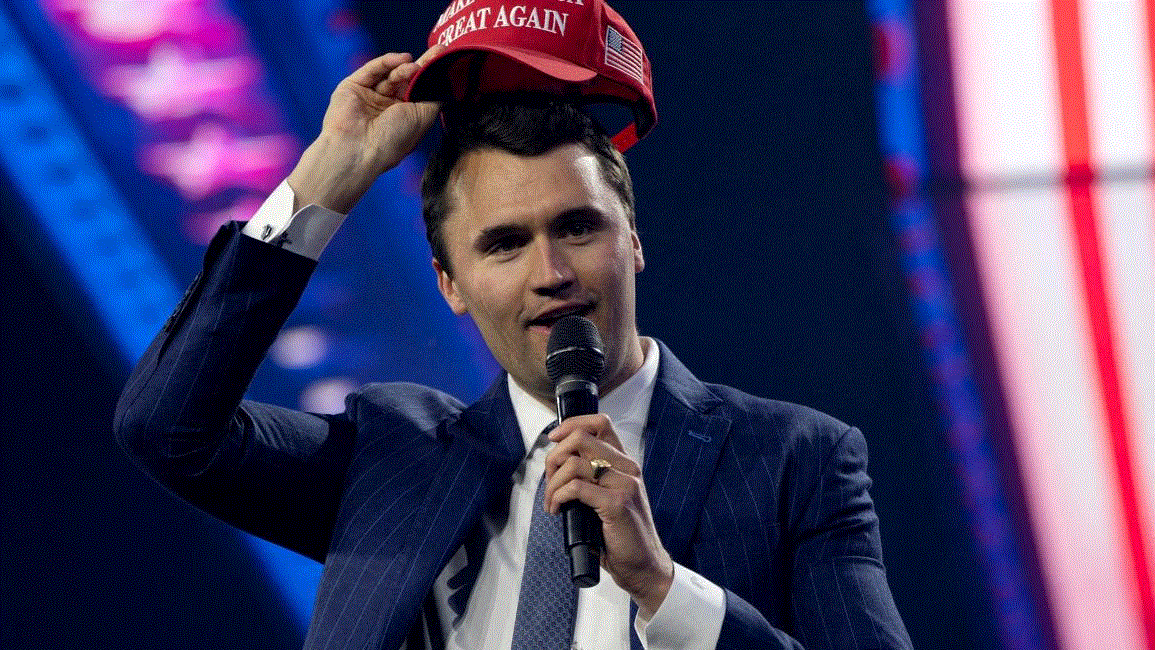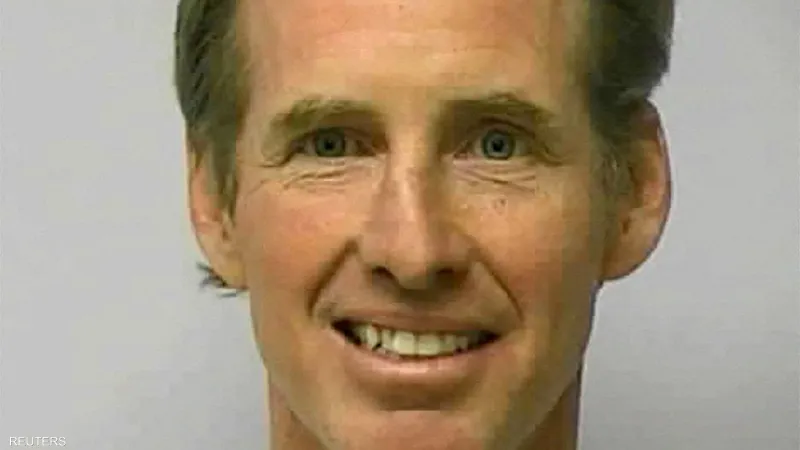Political Turmoil in the West: A Deep Dive into U.S. and European Challenges
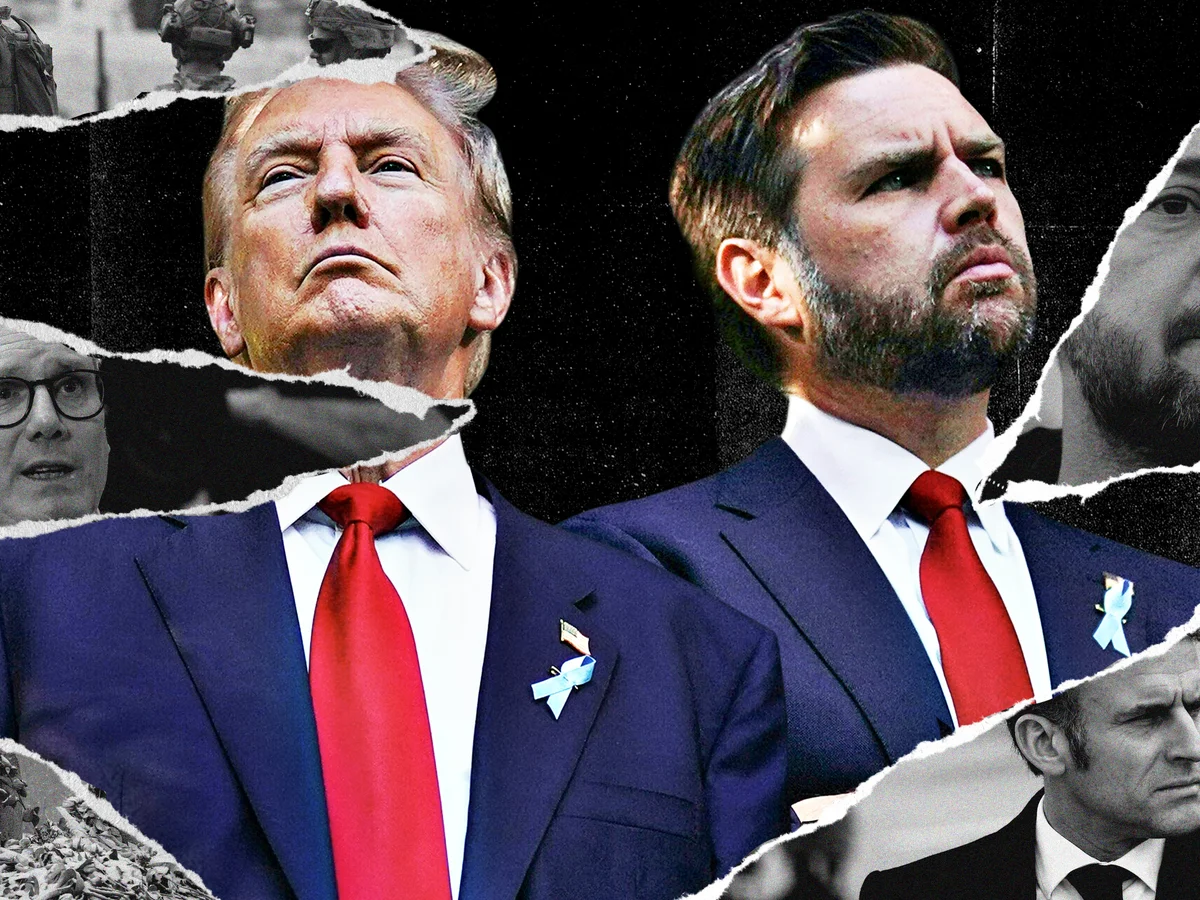
The political landscapes of the United States and Europe are undergoing significant transformations as they grapple with internal divisions, economic uncertainties, and shifting global dynamics. In the U.S., the second term of President Donald Trump has intensified partisan tensions and sparked widespread protests, while Europe faces its own set of challenges, including leadership crises, economic instability, and the resurgence of populist movements.
United States: A Nation Divided
Under President Trump’s second term, the United States has witnessed a deepening of political polarization. The administration’s policies on immigration, healthcare, and environmental regulations have been met with fierce opposition from various segments of the population. This opposition has manifested in large-scale protests organized by grassroots movements such as the 50501 movement, which has mobilized millions across all 50 states to demand changes in federal policies and leadership.
The ongoing budget battle in Congress has further exacerbated tensions. Disagreements over federal spending, particularly in areas like education and healthcare, have led to a standoff between the executive and legislative branches. If unresolved, these disputes could result in significant cuts to essential services, affecting millions of Americans who rely on federal assistance.
Additionally, the Trump administration’s handling of foreign relations has drawn criticism. The withdrawal from international agreements and the imposition of tariffs have strained relationships with key allies, leading to calls for a reevaluation of America’s role on the global stage.
Europe: Confronting Internal and External Pressures
In Europe, political instability is manifesting in several countries. In France, Prime Minister François Bayrou’s government is on the brink of collapse due to a lack of parliamentary support. The fractured political landscape, characterized by divisions between the far-left, centrists, and the far-right National Rally, has made it difficult to form a stable government capable of addressing pressing issues such as economic reform and social unrest.
Germany and Italy are also facing challenges related to coalition governance. Negotiating policy priorities among diverse parties requires strategic compromise and clear communication with the electorate. Economic pressures, energy security, and immigration policy are central concerns that influence public opinion and government decision-making. These nations must balance domestic demands with the need to maintain cohesion within the European Union and uphold commitments to international agreements.
The rise of populist movements across Europe has further complicated the political climate. These movements often capitalize on public dissatisfaction with traditional political elites and institutions, advocating for nationalism and skepticism toward international cooperation. The European Union’s commitment to unity and collective action is being tested as member states grapple with these internal divisions and external threats.
Economic Challenges: A Shared Concern
Both the United States and Europe are facing economic challenges that are influencing political decision-making. In the U.S., issues such as inflation, income inequality, and the affordability of healthcare are top concerns for many Americans. The federal budget deficit continues to grow, raising questions about the sustainability of current fiscal policies.
In Europe, economic fragmentation and lagging innovation are posing obstacles to growth. The European Central Bank has revised its growth projections downward, citing weaker exports and ongoing investment challenges. Member states must navigate these economic pressures while addressing public demands for social spending and economic reform.
Security Concerns: A Global Perspective
Security remains a critical issue for both the U.S. and Europe. In Europe, the conflict in Ukraine has highlighted vulnerabilities in the region’s security architecture. The European Union and NATO are working to bolster defense capabilities and ensure the stability of member states in the face of external threats.
In the U.S., debates over defense spending and military readiness continue. The administration’s approach to foreign policy and defense has implications for America’s global standing and its relationships with allies. Balancing national security interests with international commitments is an ongoing challenge for U.S. policymakers.
Social Movements and Public Engagement
The political turmoil in both regions has spurred increased public engagement. In the U.S., movements like the 50501 protests have mobilized millions to advocate for policy changes and hold elected officials accountable. These movements reflect a growing desire among citizens to have a more active role in shaping the direction of their country.
Similarly, in Europe, public demonstrations and activism are on the rise. Citizens are voicing their concerns about issues ranging from economic inequality to climate change, pushing governments to adopt more responsive and inclusive policies.
Looking Ahead: Navigating Uncertainty
The political landscapes of the United States and Europe are at a crossroads. Leaders in both regions must navigate complex challenges, including political polarization, economic instability, and security threats. The decisions made in the coming months will have lasting implications for domestic governance and international relations.
In the U.S., finding common ground between political parties and addressing the concerns of a divided electorate will be crucial. In Europe, strengthening unity among member states and reaffirming commitments to collective action will be essential for maintaining stability and addressing shared challenges.
The political turmoil in the West underscores the need for effective leadership and cooperation. As the United States and Europe confront internal and external pressures, the ability to adapt and respond to changing circumstances will determine their future trajectories. The path forward requires a commitment to democratic principles, respect for diverse perspectives, and a willingness to work together to overcome the challenges that lie ahead.
